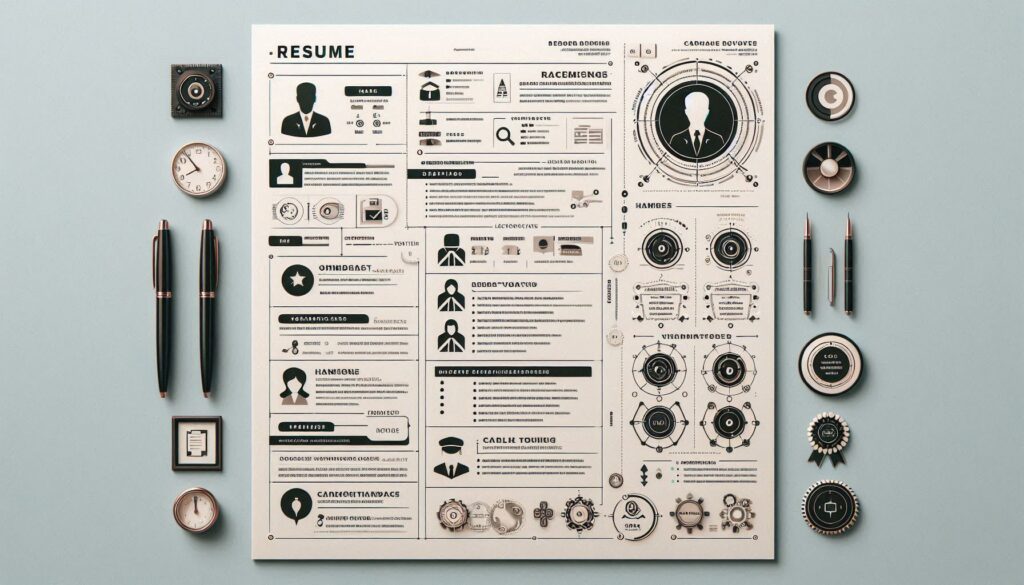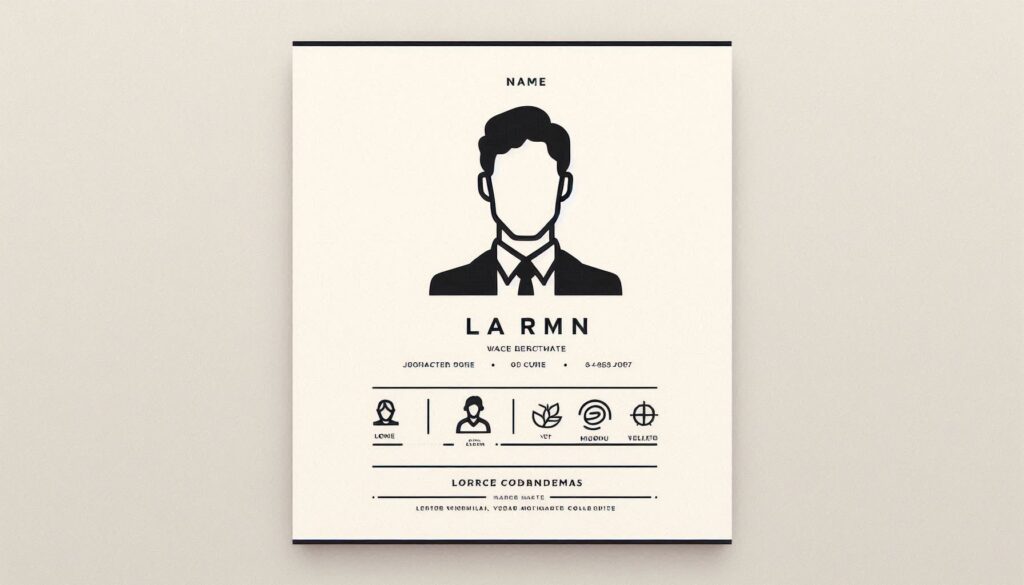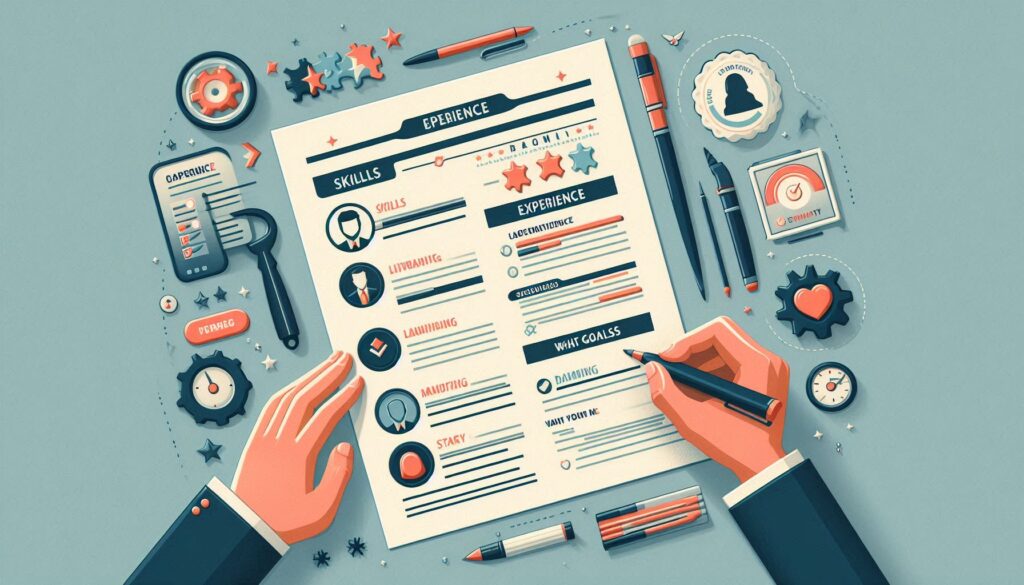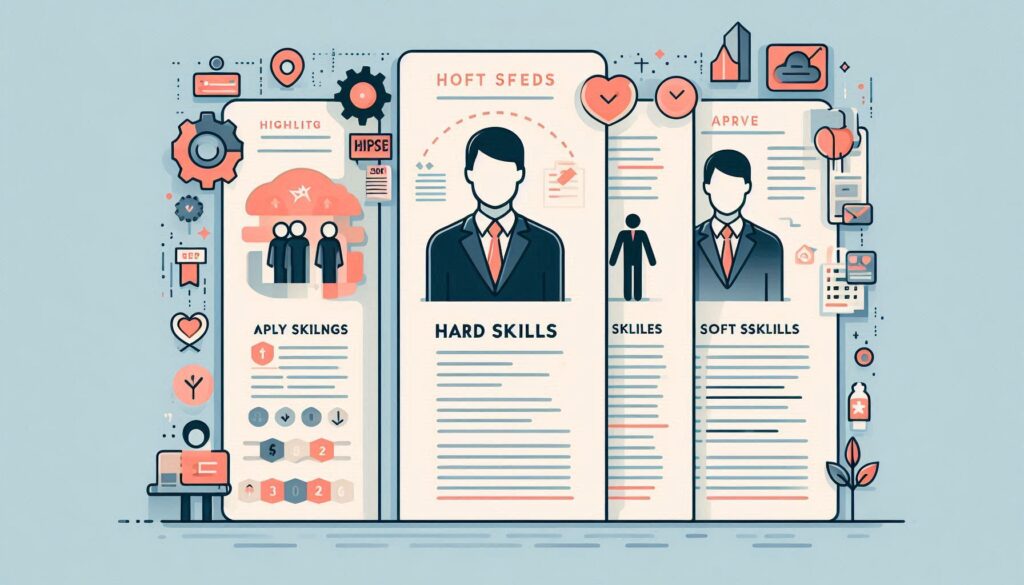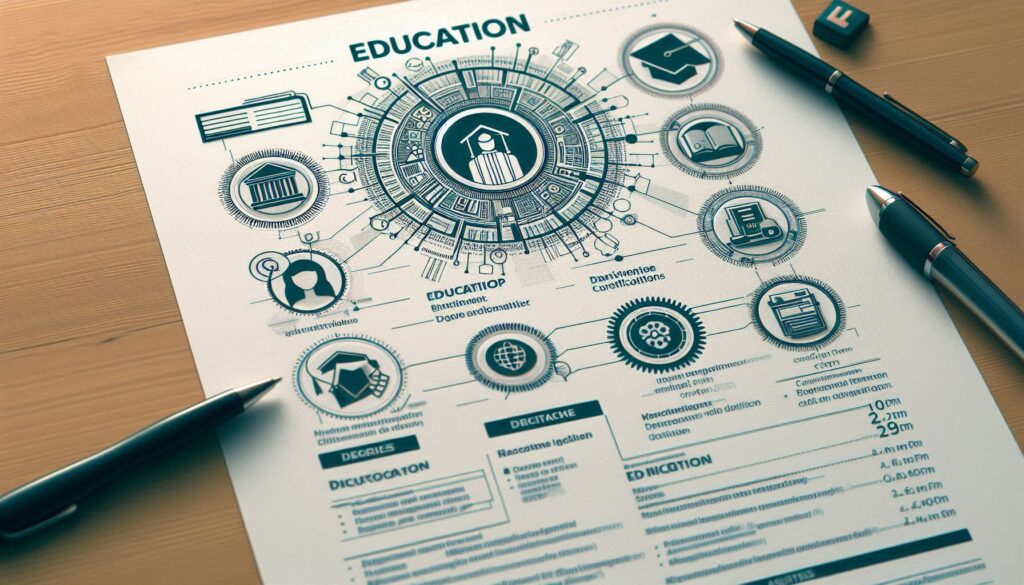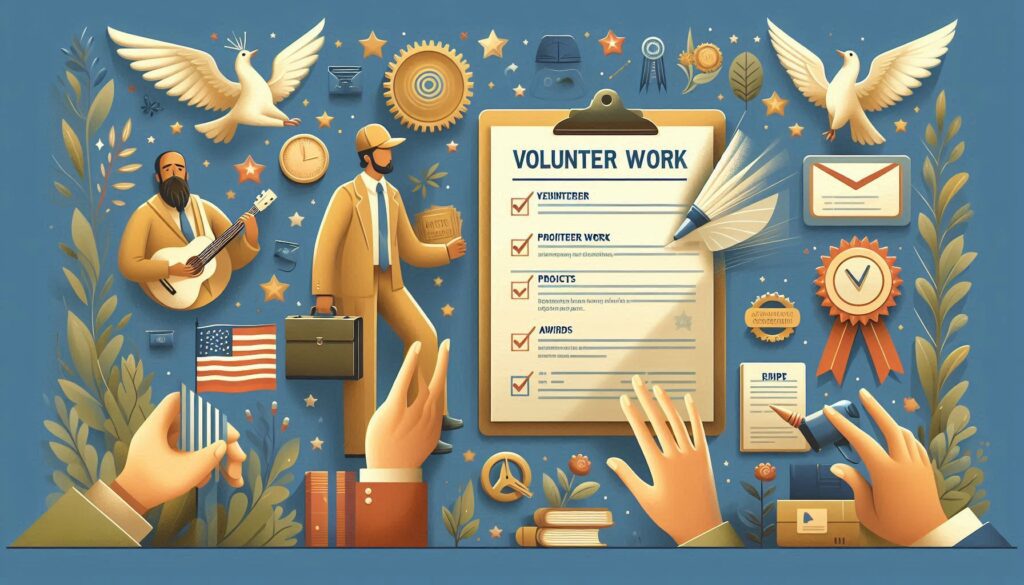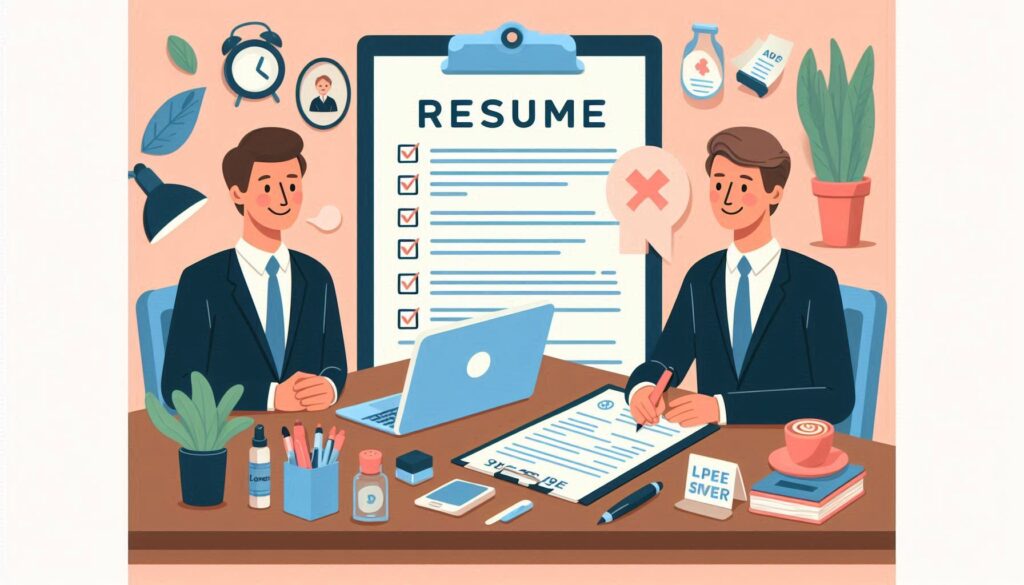
Molly S.
Business-savvy enthusiast with a mindset on growth and advocate for mental health!
Updated by Molly S. on 10/28/24
In today’s competitive job market, your resume is often your first impression on potential employers. A well-crafted resume can make the difference between landing an interview and getting lost in the shuffle. Here’s a comprehensive guide to help you create the perfect resume that showcases your skills, experience, and personality.
1. Choose the Right Format
The format of your resume can greatly impact how your information is presented.
The three most common formats are:
- Chronological: Lists your work experience in reverse chronological order. This format is ideal for those with a solid work history in a specific field.
- Functional: Focuses on skills and qualifications rather than work history. This is useful for career changers or those with gaps in employment.
- Combination: Merges elements of both chronological and functional formats. This allows you to highlight your skills while providing a clear work history.
Choose a format that best highlights your strengths and aligns with your career goals.
2. Start with a Strong Header
Your resume should begin with a clear header that includes your name, phone number, email address, and LinkedIn profile (if applicable). Make sure your name stands out, using a larger font size than the rest of the text.
3. Write a Compelling Summary or Objective
A strong summary or objective statement provides a snapshot of who you are as a professional.
- Summary: Use this section to highlight your experience, key skills, and what you bring to the table. This is best suited for those with relevant experience.
- Example: “Results-driven marketing professional with over 5 years of experience in digital marketing strategies and brand management. Proven track record of increasing website traffic by 40% through targeted campaigns.”
- Objective: Ideal for entry-level candidates or those changing careers. This should state your career goals and what you hope to achieve in the role.
- Example: “Motivated recent graduate seeking to leverage strong analytical skills and passion for data in a data analyst position.”
4. Highlight Relevant Experience
Your work experience section should be tailored to the job you’re applying for. List your roles in reverse chronological order and include the following:
- Job Title
- Company Name (and location)
- Dates of Employment (month and year)
- Bullet Points: Use bullet points to describe your responsibilities and achievements. Start each bullet with an action verb and quantify results where possible.
5. Showcase Your Skills
Create a dedicated skills section that lists both hard and soft skills relevant to the position. Be specific and use keywords from the job description.
Example:
- Hard Skills: SEO, Google Analytics, Content Management Systems (CMS)
- Soft Skills: Communication, Team Collaboration, Problem-Solving
6. Education and Certifications
List your educational background and any relevant certifications. Include the degree earned, institution, and graduation date. If you have completed any additional training or certifications related to the job, be sure to include those as well.
7. Include Additional Sections
Depending on your background and the job, consider adding sections for:
- Volunteer Work: Showcases your commitment and skills in a different context.
- Projects: Highlights relevant projects, especially if you lack extensive work experience.
- Awards and Honors: Recognizes your achievements and sets you apart from other candidates.
8. Proofread and Format
Before submitting your resume, proofread it carefully to eliminate any spelling or grammatical errors. Consider these formatting tips:
- Use a clean, professional font (e.g., Arial, Calibri, Times New Roman).
- Keep font size between 10-12 points for body text.
- Use consistent formatting for headers and bullet points.
- Limit your resume to one or two pages, depending on your experience.
Conclusion
Crafting the perfect resume takes time and attention to detail, but it’s a crucial step in the job application process. By choosing the right format, highlighting your relevant experience and skills, and ensuring a polished presentation, you can create a compelling resume that catches the attention of employers. Remember, your resume is your personal marketing tool—make it count!

Why Networking is the Secret to Advancing Your Career
Networking isn’t just about meeting new people; it’s about building meaningful relationships that can accelerate your career. Whether you’re looking for a promotion or a new job, effective networking can open doors that otherwise remain closed. Here’s why networking is crucial to career advancement.

The Key to Finding Work-Life Balance in a Busy Career
Achieving a healthy work-life balance is a common goal, but it can be difficult to attain in today’s fast-paced world. The pressure to perform at work while maintaining a fulfilling personal life can often feel overwhelming. Here’s how to create balance without sacrificing your career goals.

The Importance of Emotional Intelligence in Career Success
Emotional intelligence (EI) is often cited as one of the most important factors in achieving career success. While technical skills are necessary, EI can be the differentiator that propels you to leadership positions. Here’s how improving your EI can boost your career prospects.

